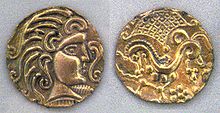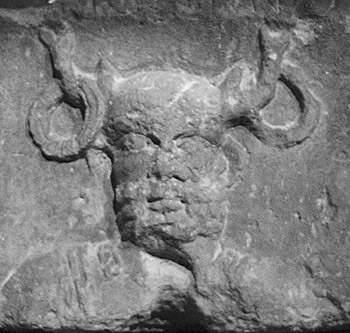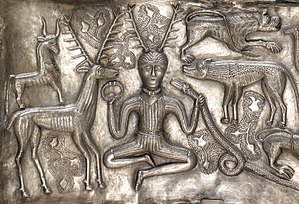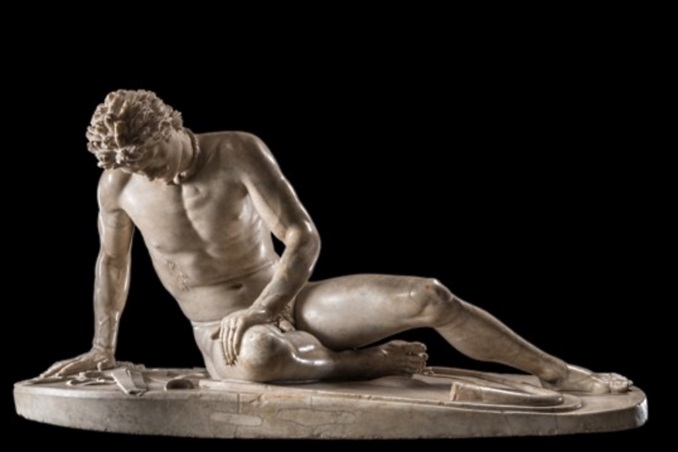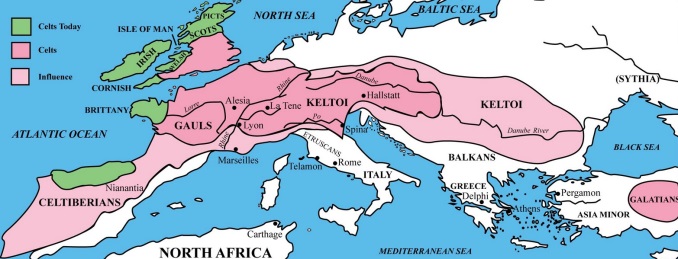Paris - the city named after a Celtic tribe
Paris, the capital of France, is one of the most visited cities in the world. Renowned for its beauty this major European city is a global centre for art, fashion, gastronomy and culture. The name "Paris" is derived from its early inhabitants, the Celtic Parisii tribe. The Parisii inhabited the Paris area from around the middle of the 3rd century BC. It is thought that they created a settlement on île de la Cité which is a natural island on the Seinne river. The île de la Cité is where the cathedral of Notre-Dame de Paris stands.
Along with others, the Parisii participated when the Celtic people of Gaul rose against Julius Caesar in 52 BC led by Vercingetorix (c.82 BC – 46 BC) the King and chieftain of the Arverni tribe. The Parisii tribe are mentioned in Commentarii de Bello Gallico, Julius Caesar's account of his battles with the Celtic peoples in Gaul. It was on the île de la Cité that the Pillar of the Boatmen (French Pilier des nautes) was found underneath Notre-Dame de Paris. The cathedral is built on the site of a Gallo-Roman temple. The Pillar of the Boatmen is a square carved monument with depictions of several deities, both Gaulish and Roman.
Included on the monument is the Celtic horned god Cernunnos. He is thought to be the god of nature, fertility and the underworld. Both of his antlers have torcs hanging from them. Iron Age Celts wore gold torcs around their necks, which identified the wearer as a person of high rank. Depictions of Celtic gods and goddesses sometimes show them wearing or carrying torcs. Probably the most famous carving showing this item of jewellery being worn is the Roman copy of the original Greek sculpture The Dying Gaul. It depicts a wounded naked Gaulish warrior wearing only a torc. Images of the god Cernunnos are found throughout Gaul, and as is the case with Pillar of the Boatmen in Paris, he is seen holding or wearing a torc.
